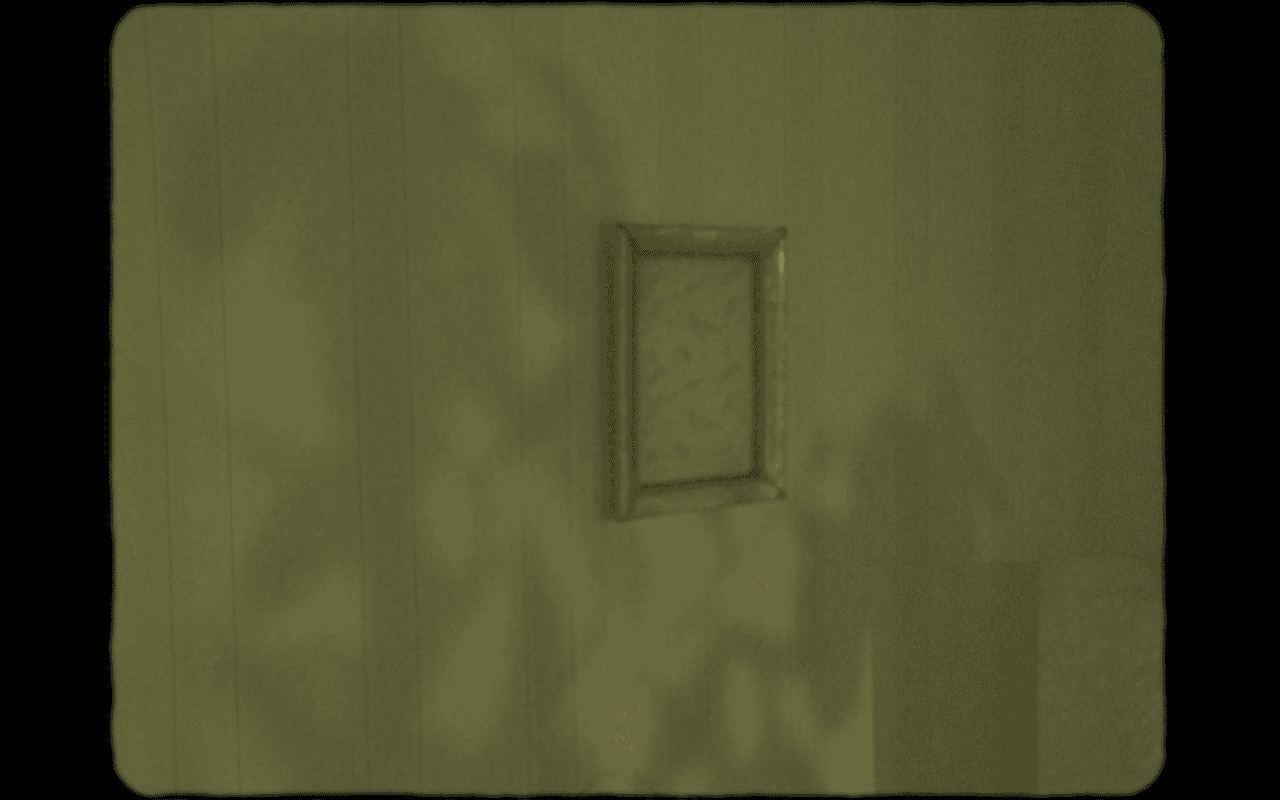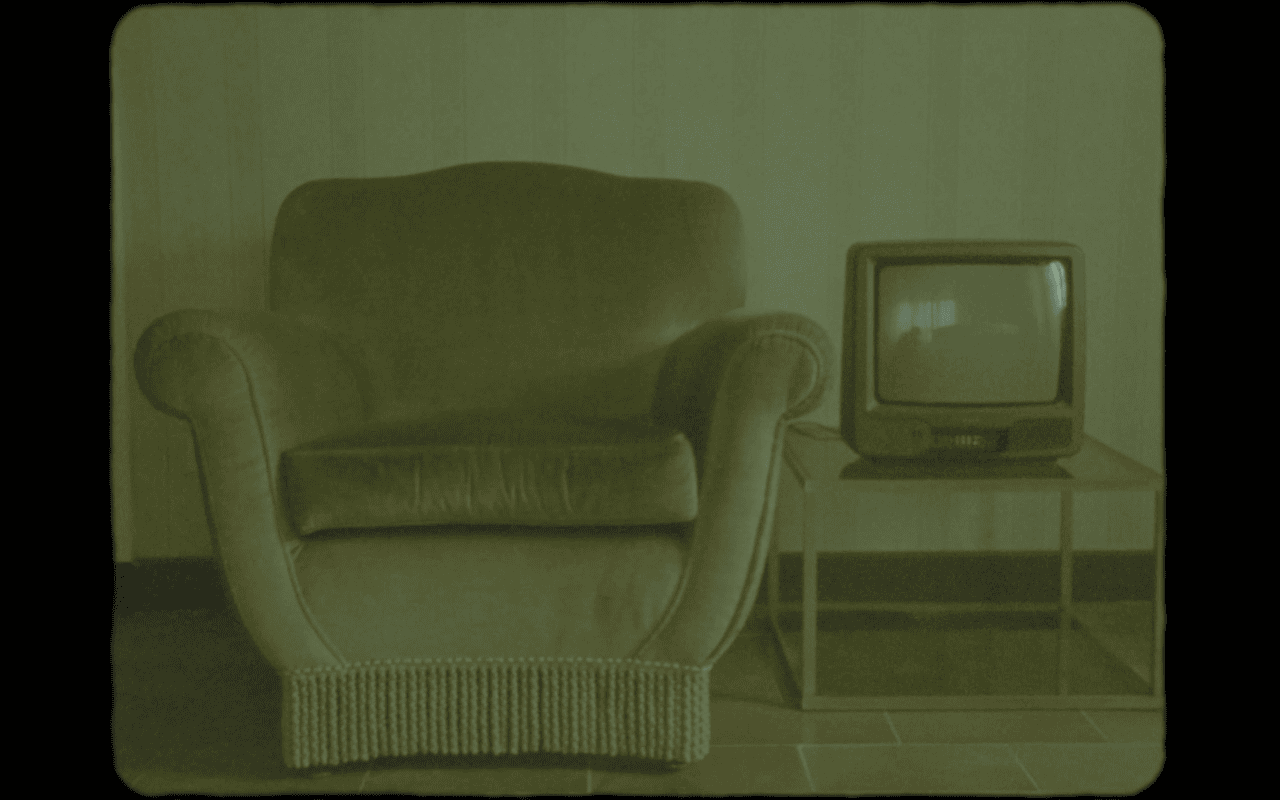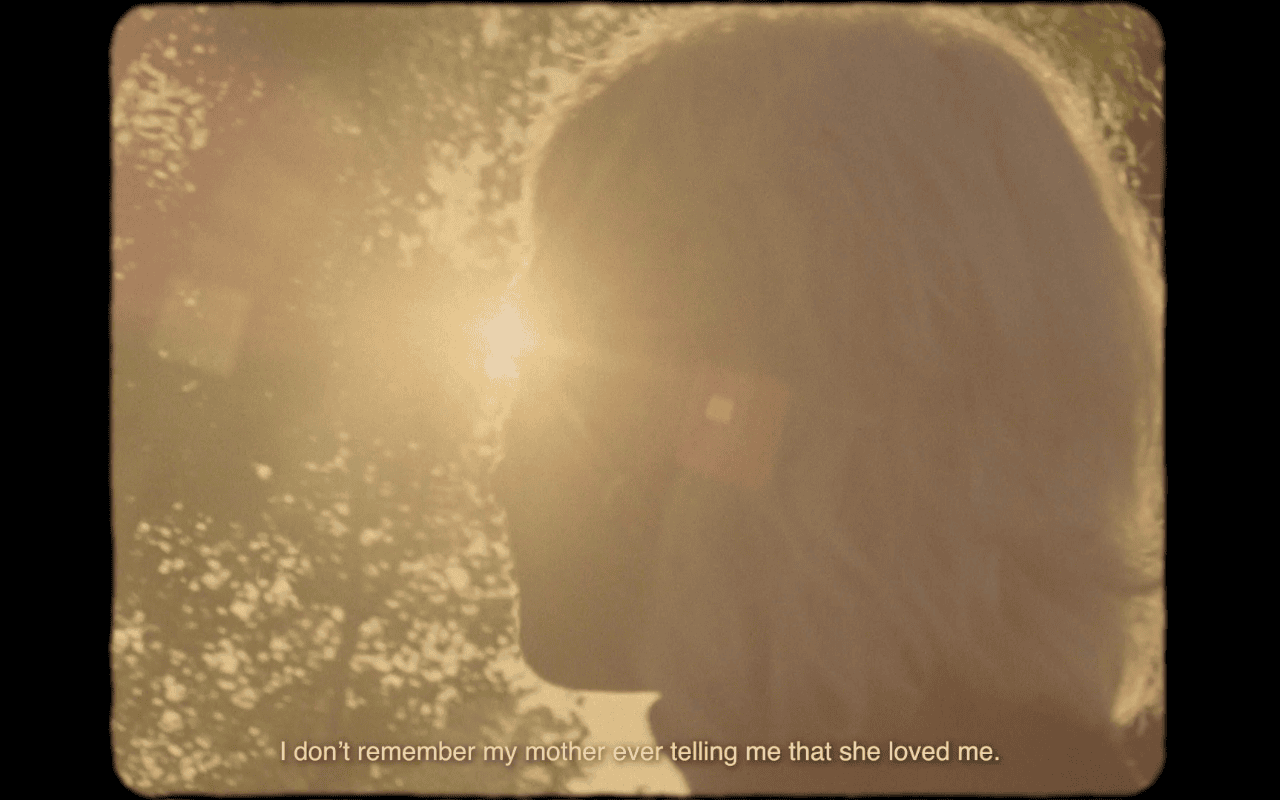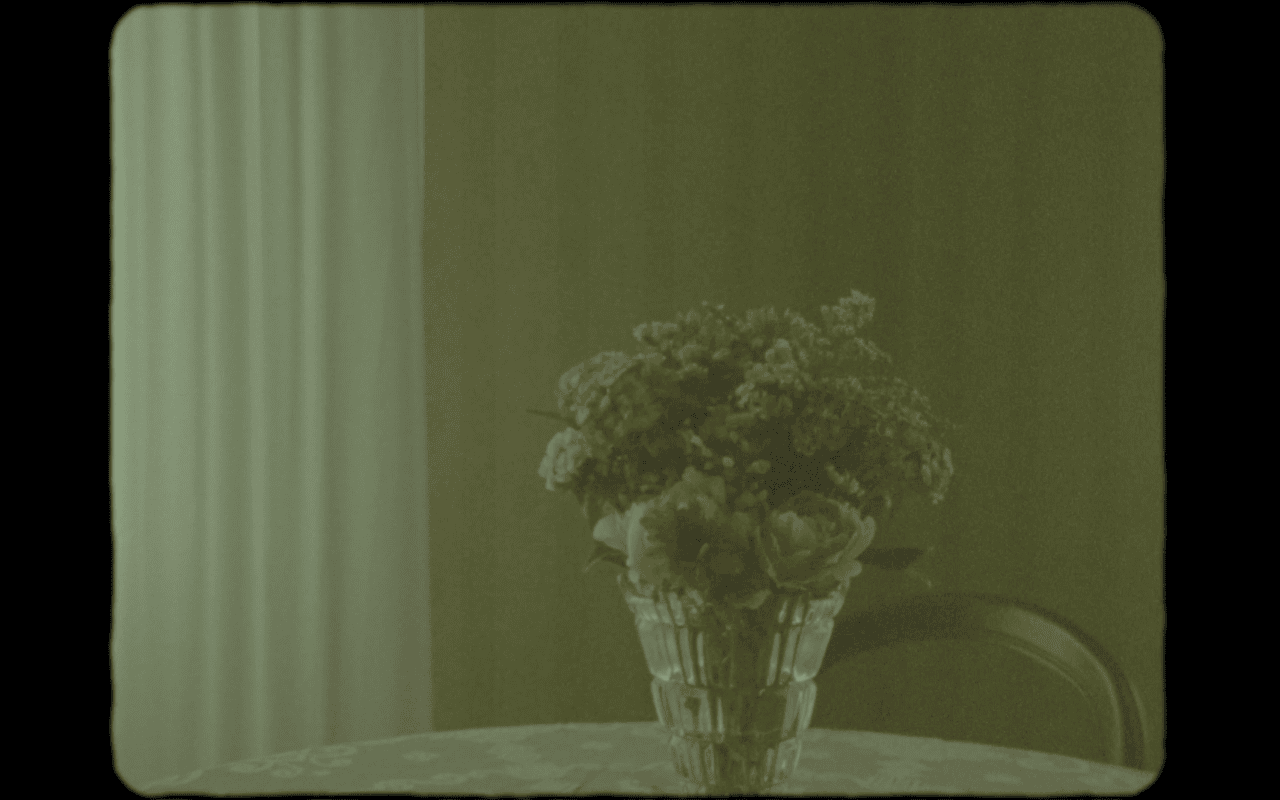Award winning photographer and author Sonia Marin has been capturing the cherished memories and life of her grandmother and mother over the past twenty years. This is a lifelong journey into retracing the steps that the women in Marin’s life have taken as they ventured from Italy to the United Kingdom and back. The photography book Twenty Weights, Please represents the pinnacle of this journey, along with an intimate short film shot by Vittoria Elena Simone, My Mum Used to Call Me Sister. Every aspect of this project has been lovingly nurtured and presented, allowing us to delve into the intricate narratives that transport us back to the vibrant 1950s through the director’s lens.
Over the years, Marin has exhibited her works in numerous exhibitions, winning first prize for Best Fine Art Image in the Commercial at the 10th Master edition of the 2006 Moscow International Photography Festival. In our conversation with Marin and Simone, we reveal the tender approach in voicing the powerful story, while getting an insight into the collaborative effort behind the production of the short film.
Niccolò Montanari: How did you become involved in photography and what was the turning point?
Sonia Marin: My journey began when I discovered photography around the age of 15. My mother took me and my sister to London, where she grew up and spent her adolescence. During that trip, I immediately started taking (and seeing) photographs as memories. And from there, this passion was born. When I was 17, I left Padua and moved to Milan to attend photography school. I was working as an assistant in the meantime, while showing and selling photographs. My dream was to produce photo books and become famous (she laughs). My entire portfolio is based on editorial services, but I have always maintained my passion for personal projects. Photography remains my choice in all aspects, not just as a profession, but as a means of creative expression, as I love telling stories.
NM: What is the story behind the name of your photography book—Twenty Weights, Please? What does it refer to?
SM: Since 1995, this title has remained unaltered, echoing the very words my mother would recount to me. As soon as she arrived in England, around 10-11 years old, it was the sentence that her mother asked her to learn by heart. One of the first errands my grandmother, who was a heavy smoker, made her do was to go to the gentleman who worked in a small shop and fetch her a packet of cigarettes—specifically the brand known as Player’s Weights, with “twenty” representing a full package. She memorized it and this has also stuck with me. I liked this sentence with the “please” because it truly expressed an experience. Cigarettes became intrinsically linked to my grandmother’s image; I can vividly recall her home, particularly the kitchen—the warmest place in the house, the place where she cooked. To conserve heat, she wouldn’t make use of the other rooms much. And in this confined little room, she would light one cigarette after another without even finishing the previous one. In my mind, she remains a petite, thin, dry woman with beautiful eyes with a cigarette in her hand.
NM: This project stands as a very intimate portrait of a family. Was there a desire not only to share this story but also to relieve it?
SM: Certainly, because I wanted to be with them in the 50s. The primary areas my mother and grandmother frequented were Tufnell Park, Chalk Farm, Primrose Hill.
They moved around various furnished houses, with the bathroom located outside, and even the shower required coins to operate—a captivating and intriguing reality to me. In Twenty Weights, Please I deliberately avoided including temporal references such as road signs, cars, or people in my photographs, as they would have disrupted the ethereal ambiance I sought to create. Instead, I wanted to stay with them. This photographic journey, devoid of human figures, ultimately became a profound portrait of my mother and grandmother—a heartfelt tribute to their lives. Despite their circumstances, my grandmother possessed a flair for dressing elegantly, adorning herself with pendant earrings. I collected as many objects as possible from my grandmother. This inclination to never discard and preserve everything was passed down to me. Her home became an assemblage of items proudly marked Made in England.
NM: How did the concept for the short film originate and what motivated you to revisit your photographic project through the moving image?
SM: The black and white story that had accompanied me for the last 27 years has found its adequate expression in the photographic book, in this simple notebook published by Boite editions where attention to detail has been the basis of every choice I have made, becoming an integral part of the narrative itself. However, this precious object represents a new start in my story, not only professionally, but above all emotionally. In the last year and a half, in fact, I have found a new ideal medium allowing me to create a sort of engraving for this photographic novel, that is leading to writing , directing and making a short film lasting five minutes and 52 seconds, blending the end with the beginning, with its aesthetic supporting its narrative. It’s a free journey without references, it runs parallel to the book with different interchangeable ways of reading, though at the same time both mediums are perfectly aligned, at times contained within each other as in a game of Russian dolls that unfold and reveal themselves in a loop.
In 2019, two months before the pandemic, I was selected among female artists, to be part of a Project dedicated to ” The Women Talents ” sponsored by the Municipality and the Dipartiment of Culture of Milan. This would eventually lead to a photography exhibition, though at the time I was already eager to explore the story through the moving image. I approached Luca Caizzi [Photographer, Creative Director and Founding Partner at C41] for advice, and everything quickly gained momentum from there.
It was then that I met director Vittoria Elena Simone, who proved to be truly amazing. I handed her the script, which had all the accompanying images. Vittoria took the script and transformed it into a storyboard, adding references and refining the vision. Then, we started the second phase, which was the location indoors. I envisioned a perfect house and shared these references with Vittoria. Through a real estate agency, we stumbled upon a house that immediately captivated me. We just hoped it wouldn’t be sold before we could use it. I explained my project to the homeowners, who graciously allowed us to shoot there for an entire day. The house was aesthetically aligned with our vision, so I started to research and collect all the props we needed. I personally prepared the jelly (opening scene), picked the roses from my garden, recovered the family tablecloth and selected all the English things that my grandmother brought with her every time she returned to Italy; her hairbrush, her brooch, her saucer with butter knife, her kettle, her favourite scarf…every memory became a prop on our set. It really felt like a collective effort with a classical “DIY” approach.
NM: Vittoria Elena, what does My Mum Used to Call Me Sister represent for you?
VES: I was passionate about cinema and photography from a very young age, leading me to explore the realm of filmmaking as I grew older. Working with film nowadays feels more like a job. While photography is a very personal thing. That’s why I resonate so strongly with Sonia; despite its rarity in my repertoire, photography maintains an unparalleled intimacy through its stillness. As I evolved professionally as a commercial director, Sonia’s project took place precisely when I yearned for a creative departure from the commercial world. It allowed me to develop a certain sensitivity, which made me realize just how much I enjoy working with it. My Mum Used to Call Me Sister required a far greater emotional involvement than most of the projects I had done.
NM: The title My Mum Used to Call Me Sister is somewhat intriguing. It suggests a unique dynamic between a mother and child. What is the story behind the title?
SM: Initially, I didn’t have a specific title in mind for the project. However, as everything started to take shape, I had a moment where I took the microphone that we used for recording and handed it to my mother. I wanted her to contribute her voice to the project. During the recording, she confirmed something I had suspected all along—that her own mother felt ashamed of her. I felt that it weighed heavily on her. From there, I decided to name the film as it is. It’s at the center of everything.
NM: My Mum Used to Call Me Sister zones in on the relationship between mother (grandmother) and daughter. Do you think this project was also a way of drawing them closer to each other?
SM: Perhaps subconsciously, yes. I have always tried to mediate in such a way so that my family would somehow manage to find a new way, another level of communication that didn’t go through affection only; because that door was too complicated for them. It is for this reason that this dedication emerged—a testament to their collective accomplishments, their imparted wisdom, and my profound pride in their resilience.
As I showed my mom the project, I think she was moved. She paused for a moment; it certainly didn’t close the wounds, but it brought peace. Yet, the feeling of what could have been still lingers. This weighty inheritance passed down from my grandmother to my mother and now to me, serving as a reminder of missed opportunities and of the persistent longing to do something meaningful in life.
NM: Vittoria Elena, you were offered the exciting, yet challenging opportunity of bringing Sonia’s story to life through the moving image. What choices did you make in order to recreate the project’s intimate world?
VES: I had previous experience shooting on film, which added a layer of familiarity. Yet, simultaneously, I realized that we lacked the safety net of a purely commercial project. There was also, on my part, a little more tension. This project is based on the idea of keeping a very natural light, but in reality, it is never like this, in the sense that even natural light must be reconstructed, intensified or decorated. We had a light that we exploited in the best possible way and that, in my opinion, managed to complete the poem that we imagined creating in its delicacy. Shooting on 35-millimetre film demands a high level of technical expertise to fully realize the potential of the format. Considering the nature of this project, rooted in memories, 16 millimetres was the perfect choice.
NM: What are some of the key scenes and defining moments in My Mum Used to Call Me Sister?
SM: The opening shot needed to create a sense of suspense, where music would take over. I wanted something that could justify the stillness within the frame, with everything happening within and around it. And the jelly shot is a direct link to my grandmother…Whenever she would visit our house on Sundays, which was a rare occurrence, we would prepare a special dessert: jelly with cream on the side.
Another scene I’m particularly fond of is where we see the video on the television—this is real footage shot at home during a wedding. My grandmother’s brother lived in London; you can actually see him in the video. The person on the phone with a wreath on their head is my mother’s cousin. This particular occasion holds significance because my grandmother chose not to attend the wedding. It highlights the complicated relationships within the family. However, I am grateful to my uncle’s family for providing this video, as it is a crucial piece that connects me with my English heritage.
Even before working on the short film, the text included in the photography book speaks of a shirt that breathes when the wind occasionally touches it. And I realize that these images, notes and reflections always return to my photography unconsciously. All narration lies in this—the presence and absence. The house may appear empty, yet there’s intangible energy persisting. It’s like a room filled with memories, a box within a box, each layer holding its own significance.
NM: How did the audience perceive your work?
SM: The presentation at Micamera was the initial opportunity for a preview screening of the project. It was an important milestone, but it was just the beginning of a journey. While Micamera is a privileged setting, being a historical bookstore dedicated to photography, there is a desire to explore new opportunities beyond this venue. The intention is now to seek out other platforms and venues to showcase the project and reach a wider audience.




